The 10 Best Cities to Visit in Portugal
Óbidos: This town is the most perfectly preserved 13th century village in central Portugal. Its historic authenticity is the main concern of the population of over 5,000 people. For 600 years, Óbidos was the personal property of the Portuguese queens, a symbolic offering of love from their adoring husbands. Obidos always breathed romance.
Nazaré: This folklore fishing village in central Portugal produces wonderful crafts. The city has a strong sense of traditional culture that is distinctly different from neighboring communities.
Fatima: In 1913, an apparition of the Virgin Mary appeared to three little shepherds of Fatima, who were called to spread a message of peace. Its history was initially disregarded and later adopted by a church hierarchy under attack by the damage of World War I. Later, 70,000 people gathered at the scene claimed to have witnessed miracles. Today, Fatima is the most visited pilgrimage site of the Iberian Peninsula, home to dozens of imposing churches and monuments.
Evora: This is one of the most perfectly preserved architectural gems in the country. A well-preserved ancient Roman temple stands across the street from the convents and monasteries that flourished when the kings of Portugal used this city as their capital in the twelfth century. These buildings combine with the remnants of the Moorish occupation, forming one of the most attractive, if not the largest, medieval architecture in Europe.
Tomar: From the 12th century, the Knights Templar and later the Knights of Christ (two warlike and semimonastic sects) designated Tomar as their headquarters. They lavished the city with adornment over the centuries until it seemed, as today, as a living monument to the architecture of medieval Portugal.
Coimbra: The academic center of the country, this city has a university with roots in the Middle Ages, a rich historical core and a tradition of troubadour-style singing, which is one of the most important in the Iberian Peninsula.
Porto: The second city of Portugal, Porto has rich associations with the port wine trade. Entrepreneurs who returned home after making a fortune in Brazil built some of the citys most imposing villages in the late 19th century. But as Portugals economic center, Porto has moved into the 21st century, with new office buildings, modern apartment complexes, fashion shops and restaurants in its commercial heart and impressive developments such as the Serralves Foundation, a National Museum of Modern Art. in a 44-acre park in the western part of town.
Guimarães: The birthplace of the first king of the country, Afonso Henríques, and the nucleus from which the country expanded, Guimarães is the cradle of Portugal. Its medieval section is one of the most authentic anywhere. The city was also the birthplace of Gil Vicente (1465-1537), a playwright known as the Shakespeare of Portugal.
Viana do Castelo: This northern city with strong folk traditions is known for pottery, womens regional dresses, abundant rainfall and a collection of distinctive and dignified public buildings. It peaked in 1500, when fleets left here to fish for cod as far away as Newfoundland. Profits from their activities helped pay for the citys beautiful collection of Manueline buildings.
Arrábida Ridge: This whale-shaped ridge never exceeds 1,525m (5,000ft) in height. The masses of wildflowers flanking its sides are among the most colorful and varied in the Iberian Peninsula. The Serra is between Sesimbra and Setúbal, across the Tagus estuary, from Lisbon. On your way to Lisbon you will find crowded and secluded beaches, a medieval Capuchin monastery (the Convento Novo) and a handful of fine restaurants. The city of Sesimbra, with its sleepy historic main square and ruined fortresses, offers bars, restaurants and a view of the Iberian Peninsula from a bygone era.
Nazaré: This folklore fishing village in central Portugal produces wonderful crafts. The city has a strong sense of traditional culture that is distinctly different from neighboring communities.
Fatima: In 1913, an apparition of the Virgin Mary appeared to three little shepherds of Fatima, who were called to spread a message of peace. Its history was initially disregarded and later adopted by a church hierarchy under attack by the damage of World War I. Later, 70,000 people gathered at the scene claimed to have witnessed miracles. Today, Fatima is the most visited pilgrimage site of the Iberian Peninsula, home to dozens of imposing churches and monuments.
Evora: This is one of the most perfectly preserved architectural gems in the country. A well-preserved ancient Roman temple stands across the street from the convents and monasteries that flourished when the kings of Portugal used this city as their capital in the twelfth century. These buildings combine with the remnants of the Moorish occupation, forming one of the most attractive, if not the largest, medieval architecture in Europe.
Tomar: From the 12th century, the Knights Templar and later the Knights of Christ (two warlike and semimonastic sects) designated Tomar as their headquarters. They lavished the city with adornment over the centuries until it seemed, as today, as a living monument to the architecture of medieval Portugal.
Coimbra: The academic center of the country, this city has a university with roots in the Middle Ages, a rich historical core and a tradition of troubadour-style singing, which is one of the most important in the Iberian Peninsula.
Porto: The second city of Portugal, Porto has rich associations with the port wine trade. Entrepreneurs who returned home after making a fortune in Brazil built some of the citys most imposing villages in the late 19th century. But as Portugals economic center, Porto has moved into the 21st century, with new office buildings, modern apartment complexes, fashion shops and restaurants in its commercial heart and impressive developments such as the Serralves Foundation, a National Museum of Modern Art. in a 44-acre park in the western part of town.
Guimarães: The birthplace of the first king of the country, Afonso Henríques, and the nucleus from which the country expanded, Guimarães is the cradle of Portugal. Its medieval section is one of the most authentic anywhere. The city was also the birthplace of Gil Vicente (1465-1537), a playwright known as the Shakespeare of Portugal.
Viana do Castelo: This northern city with strong folk traditions is known for pottery, womens regional dresses, abundant rainfall and a collection of distinctive and dignified public buildings. It peaked in 1500, when fleets left here to fish for cod as far away as Newfoundland. Profits from their activities helped pay for the citys beautiful collection of Manueline buildings.
Arrábida Ridge: This whale-shaped ridge never exceeds 1,525m (5,000ft) in height. The masses of wildflowers flanking its sides are among the most colorful and varied in the Iberian Peninsula. The Serra is between Sesimbra and Setúbal, across the Tagus estuary, from Lisbon. On your way to Lisbon you will find crowded and secluded beaches, a medieval Capuchin monastery (the Convento Novo) and a handful of fine restaurants. The city of Sesimbra, with its sleepy historic main square and ruined fortresses, offers bars, restaurants and a view of the Iberian Peninsula from a bygone era.
Outros Artigos Populares no Blogue
-


Portugal in 3rd safest country in the world in 2019
Portugal is the third most peaceful country in the world, says the 2019 Global Peace Index. Among European countries, it ranks second, just behind Ice... -
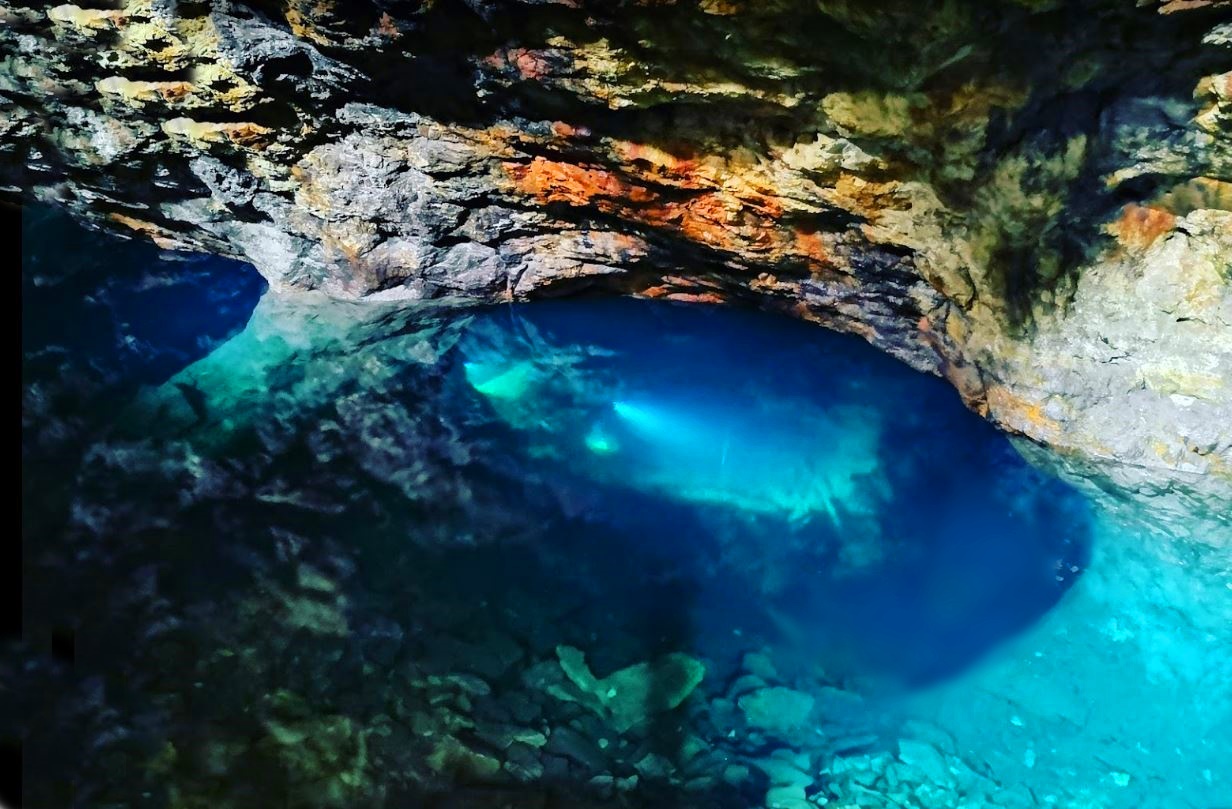

There is a secret cave and a blue lagoon in Portugal which is a true paradise to discover
Composed of the villages of Queiriga, Lousadela, Minas de Lagares and Quintas das Valas, the parish of Queiriga is 6km south of the county. It ha... -


Portuguese trail is voted the best in Europe Algarve
The trail runs along the golden cliffs along the coast for 5.7 kilometers from Vale Centeanes Beach to Marinha Beach. The Portuguese route was ... -
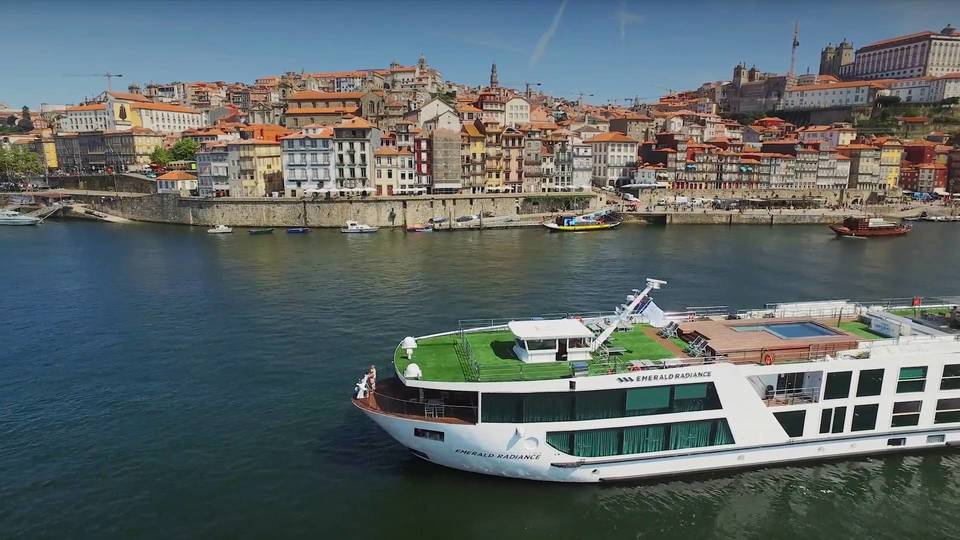

Panoramic Douro Cruise is a must-see luxury trip Portugal
Is there anything as fascinating as preparations for a long trip? There is a buzz of activity on the wharf as supplies are loaded, luggage is car... -
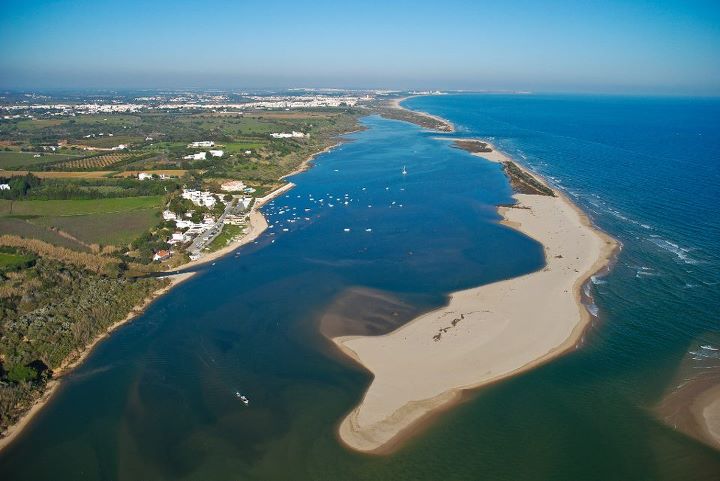

Beach in Cacela Velha is one of the 15 best in the world Portugal Algarve
Praia da Fábrica, also known as Cacela Velha Beach, was considered one of the best in the world by the Spanish edition of Condé Nas... -
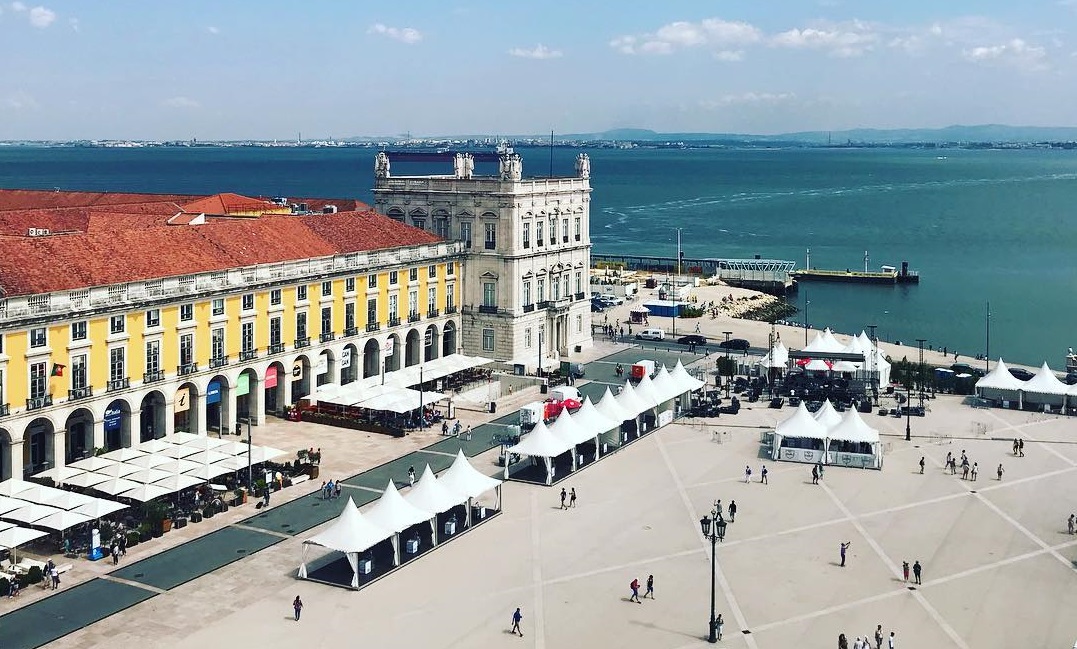

Things to do in Lisbon travel tips
Bathed in pure Atlantic light, crowned by the St. Georges Castle storybook and spanning seven hills, Lisbon is one of Europes most visually stunning c... -
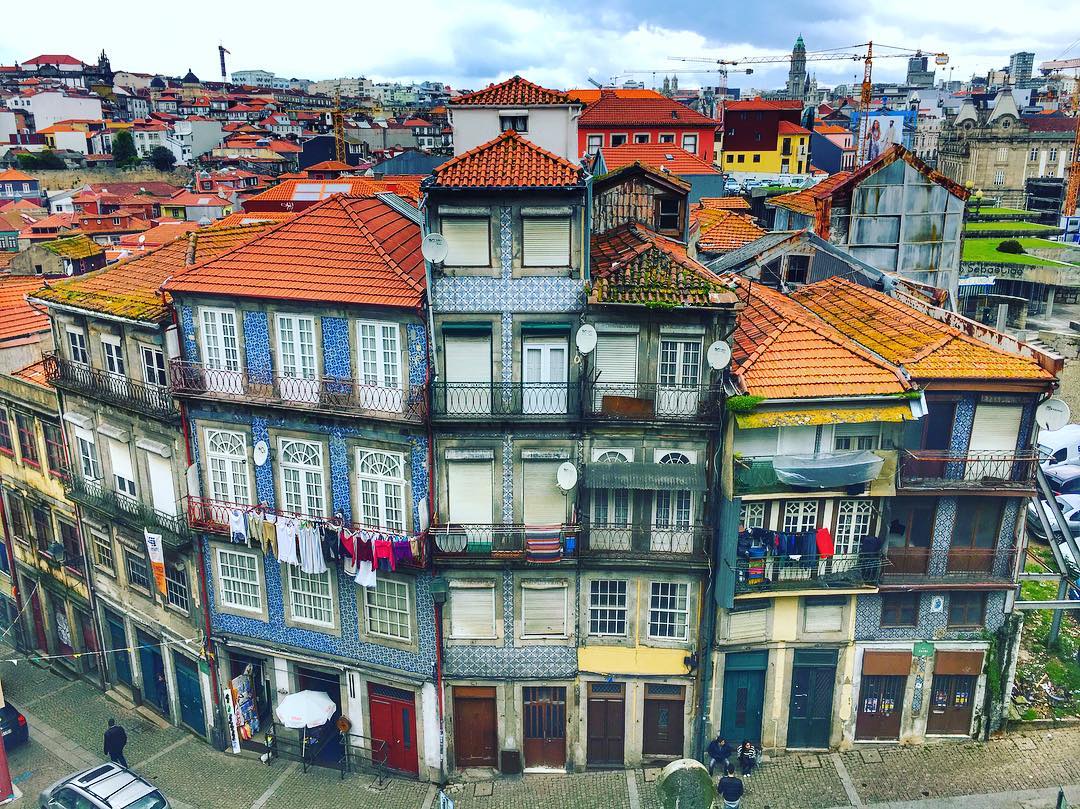

Route to discover Porto on foot
Start: Terreiro de Sé. Walking Tours in the City of Porto Finishing: São Bento Station. Time: 2 and a... -
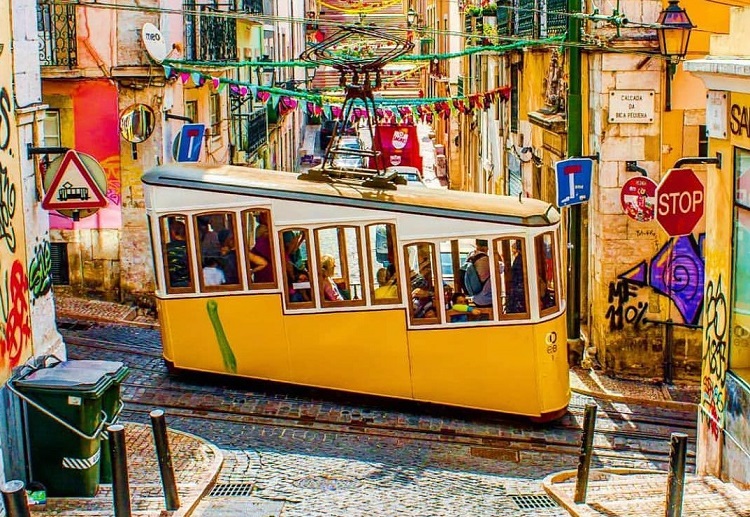

10 amazing things that the Portuguese gave to the world
For a small country, Portugal has made massive contributions to the world throughout its history. Once pioneers who discove...
